Byzantine, Gothic, Baroque, Modernist… We are familiar with many different styles of ‘Western’ architecture because they are celebrated and rightly so. Ottoman-style mosques and the pagodas of East Asia are also instantly recognizable, as well as the temples of the pre-colonial civilizations that flourished in Central and South America.
However, the Great Pyramids Of Giza aside, the glories of African architecture are often shamefully overlooked. Sadly, this is a symptom of a larger problem overall, where the rich diversity and culture of the African continent is largely glossed over in international media. Most reporting from the continent focuses only on issues that reinforce negative stereotypes – those of poverty, disease and war.
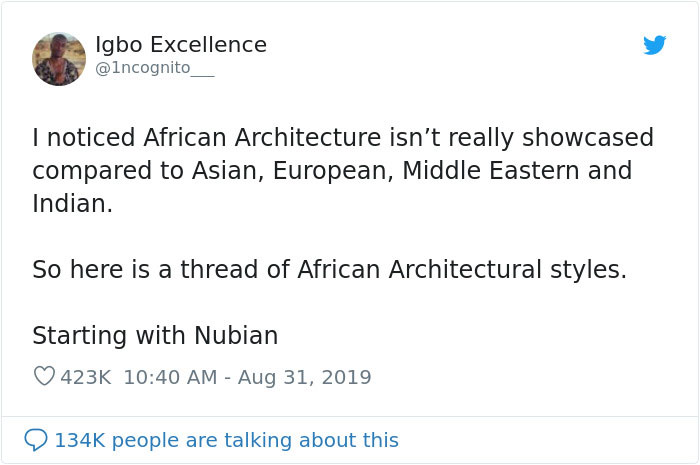
Image credits: 1ncognito___
There is much to appreciate about pre-colonial Africa – which is barely ever mentioned outside of history books. Up to 10,000 different states and autonomous groups with distinct languages and customs existed, and many advanced kingdoms and empires – such as the Asante Union, the Mossi Kingdom and the Zulu Kingdom – thrived before Europeans arrived with their guns, slavery and religion.
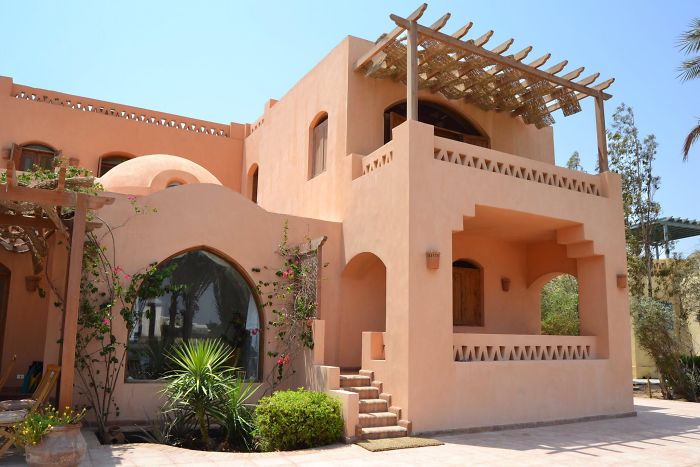
Image credits: 1ncognito___
A Twitter account called ‘Igbo Excellence’ (the Igbo people are an ethnic group from southern Nigeria) decided that it was time to showcase some of the best African architecture, and his thread went viral as people appreciated these overlooked gems.
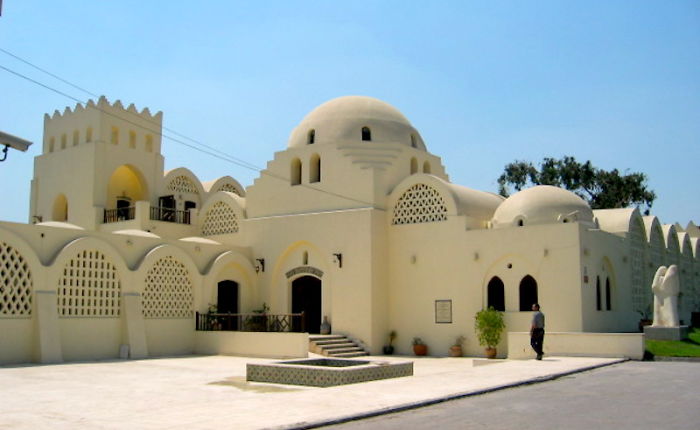
Image credits: 1ncognito___
Starting with Nubian – an ethnolinguistic group of Africans indigenous to present-day Sudan and southern Egypt believed to be one of the earliest cradles of civilization, Igbo Excellence posted examples from different areas and eras of African history, reminding us of the long and varied histories of peoples all across this vast continent.
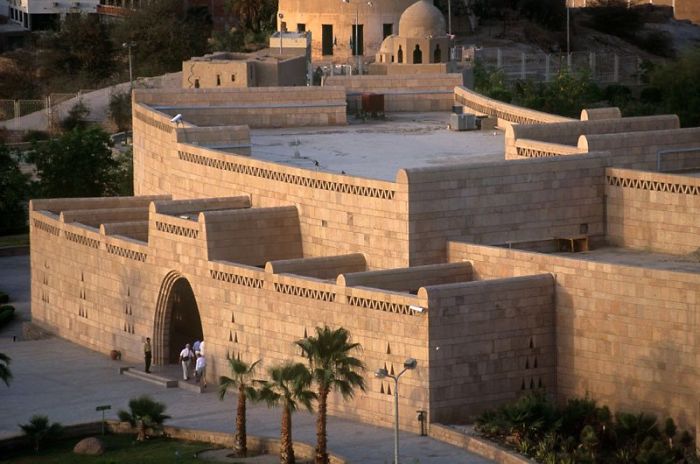
Image credits: 1ncognito___
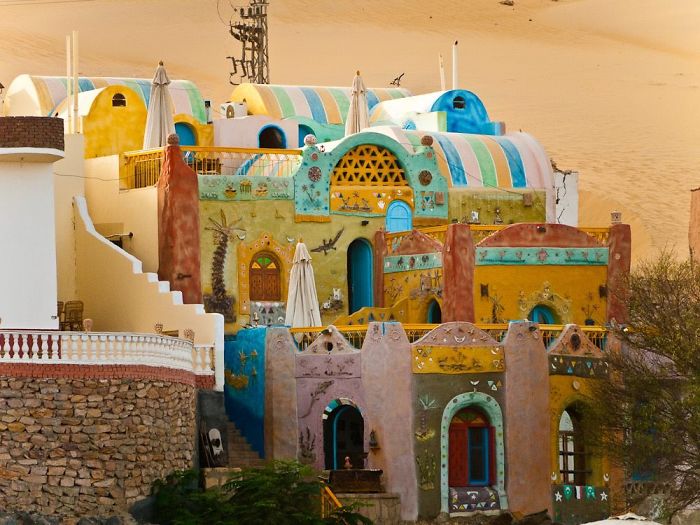
Image credits: 1ncognito___

Image credits: 1ncognito___
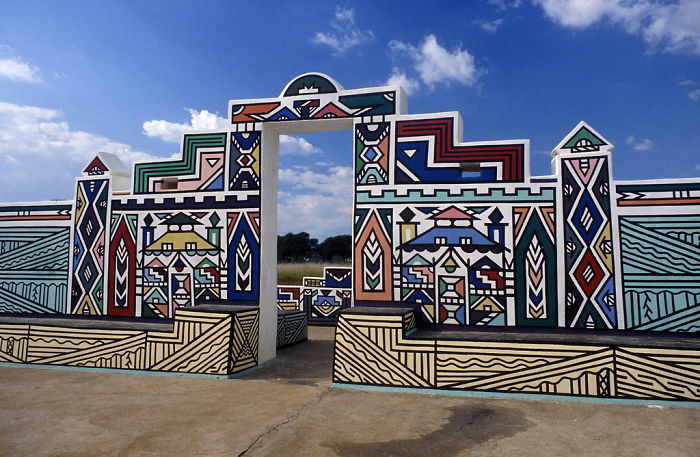
Image credits: 1ncognito___
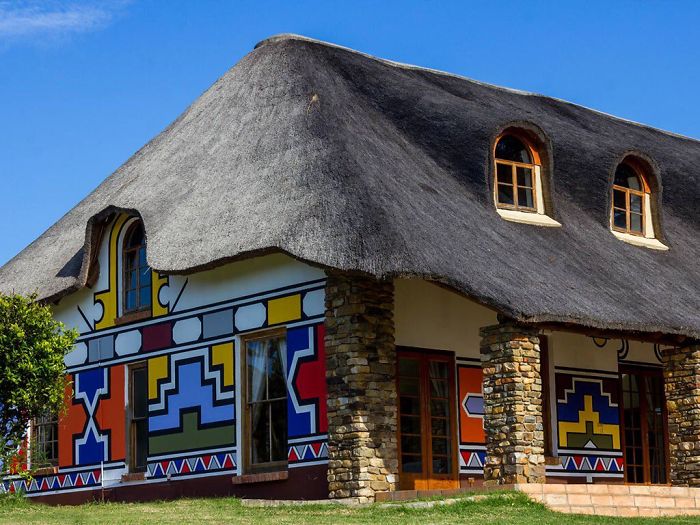
Image credits: 1ncognito___
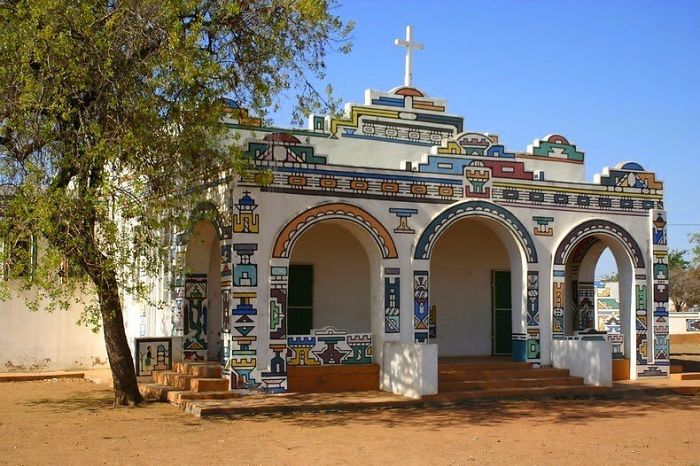
Image credits: 1ncognito___

Image credits: 1ncognito___
The mud mosques of the Sahel, including the magnificent Great Mosque of Djenné in Mali, are particularly impressive. The entire community of Djenné takes an active role in the mosque’s maintenance via a unique annual festival. This includes music and food, but has the primary objective of repairing the damage inflicted on the mosque in the past year, which is mostly erosion caused by the annual rains and cracks caused by changes in temperature and humidity.
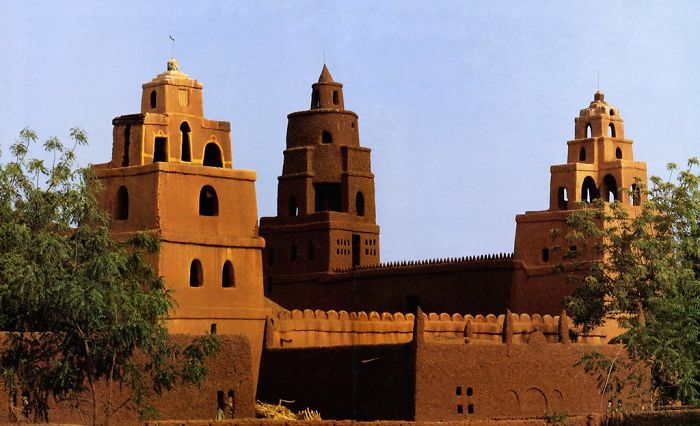
Image credits: 1ncognito___
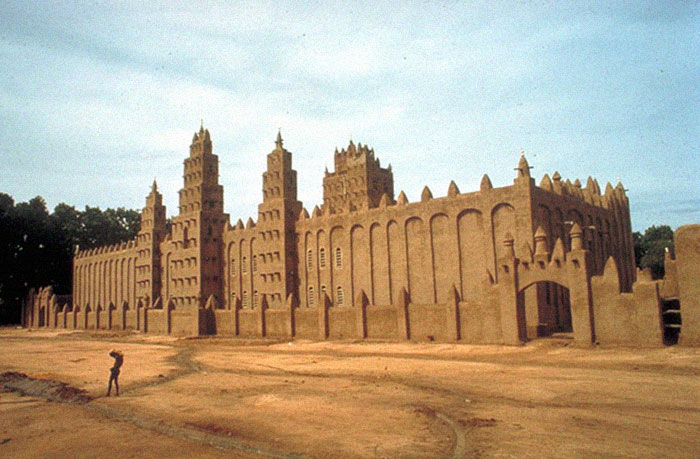
Image credits: 1ncognito___
The Great Mosque of Djenné has incredible cultural significance not just for the town but for the country as a whole – it features on the coat of arms of Mali. I would love to visit it one day!
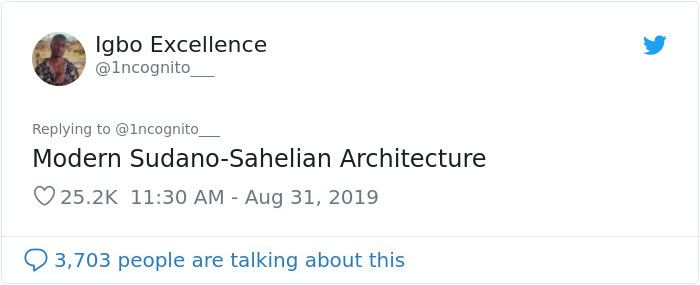
Image credits: 1ncognito___
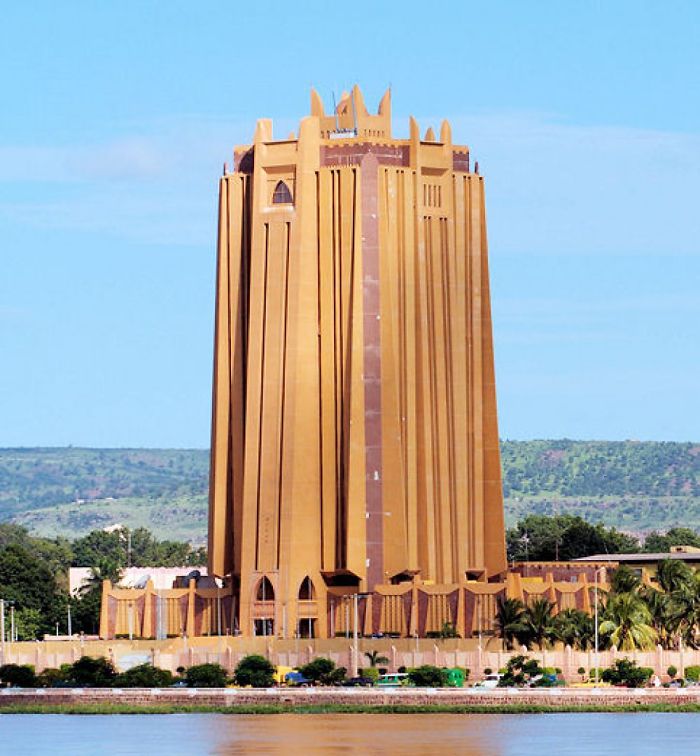
Image credits: 1ncognito___
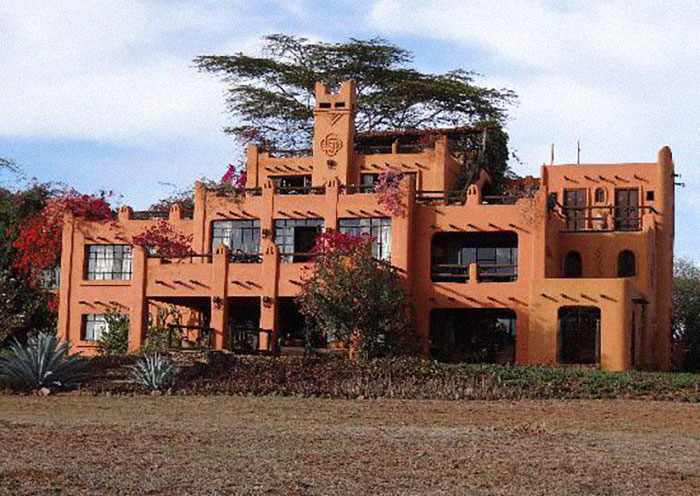
Image credits: 1ncognito___
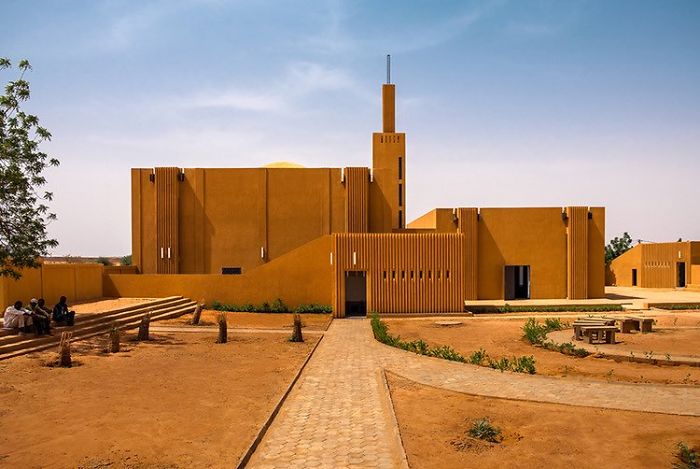
Image credits: 1ncognito___
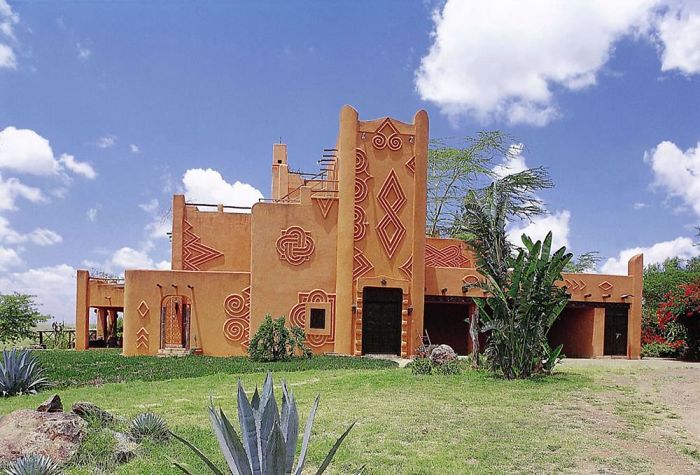
Image credits: 1ncognito___

Image credits: 1ncognito___
Africa did not escape communist-era brutalism, with this monolith below dedicated to Angola’s first president Agostinho Neto towering over the skyline of the capital city, Luanda. It commemorates the president’s contribution to the overthrow of Portuguese colonial rule over Angola, which became a self-declared socialist state from its independence in 1975 until 1992. Angola’s current flag is said to be inspired by the Hammer and Sickle.
Other, more modern forms of Afro-futuristic architecture can be found in countries such as Ghana and Burkina Faso.
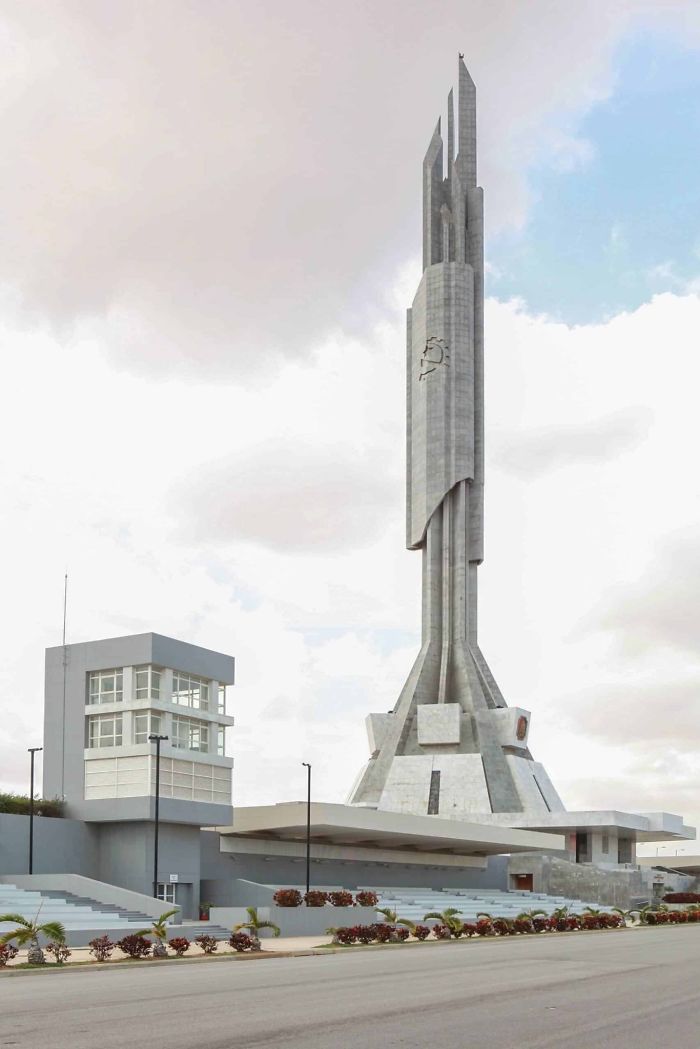
Image credits: 1ncognito___
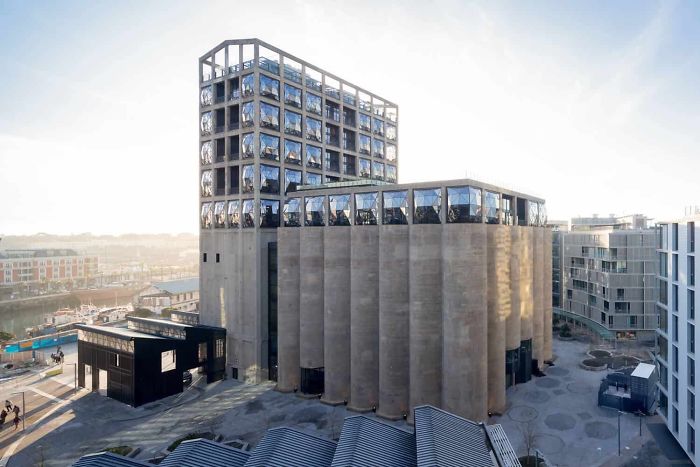
Image credits: 1ncognito___
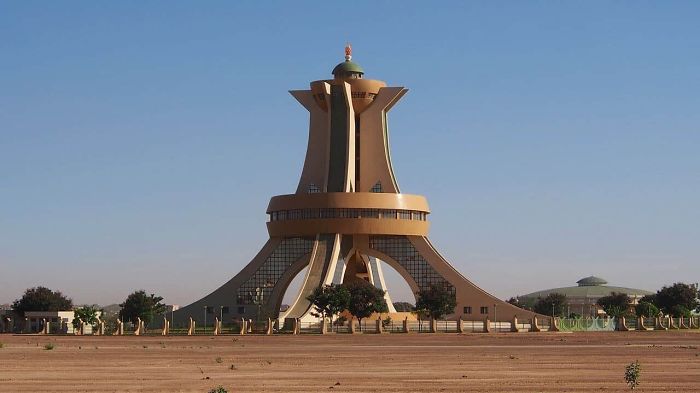
Image credits: 1ncognito___
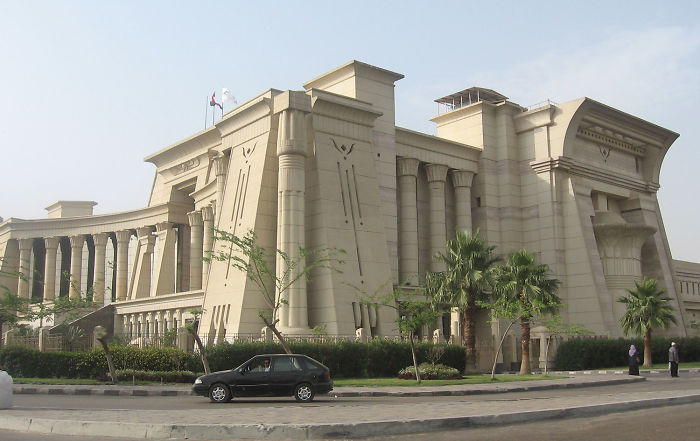
Image credits: 1ncognito___
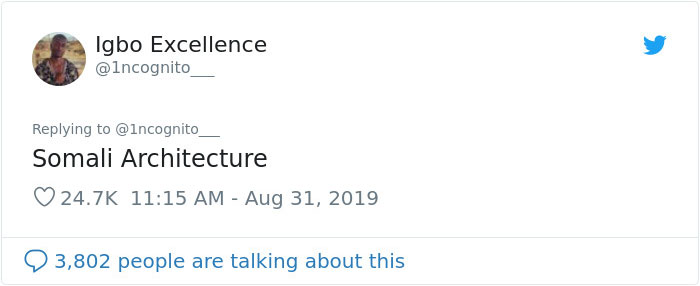
Image credits: 1ncognito___
Somali architecture is a rich and diverse tradition of engineering and design. Spanning the ancient, medieval and early modern periods in Greater Somalia, it also includes the fusion of Somali architecture with Western designs in contemporary times.
It involves multiple different construction types, such as:
Stone cities, castles, citadels, fortresses, mosques, towers, megaliths, menhirs, dolmens, stone circles, monuments, temples, aqueducts, and lighthouses.
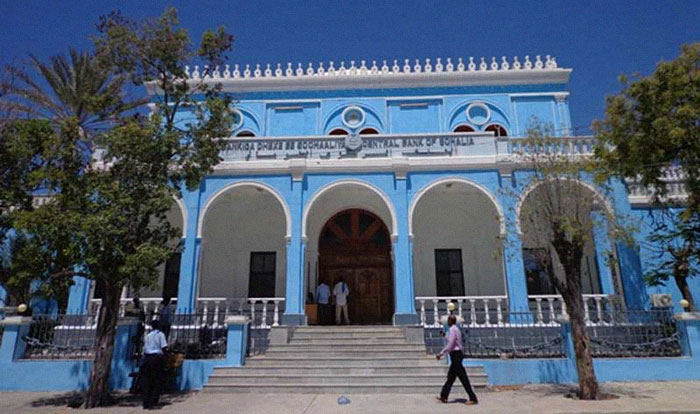
Image credits: 1ncognito___
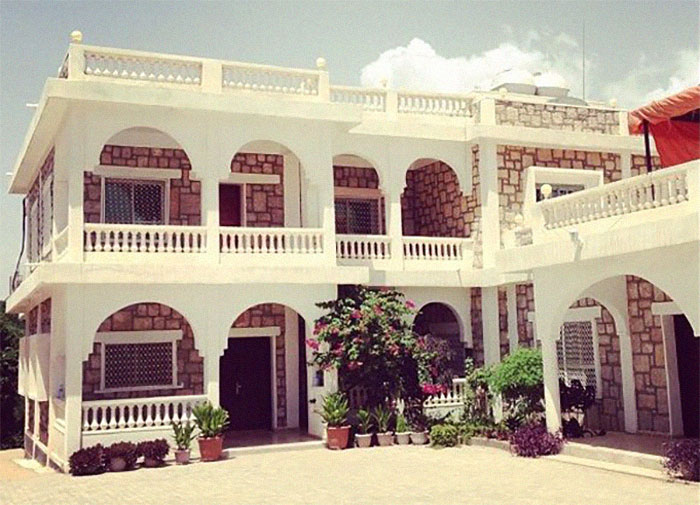
Image credits: 1ncognito___
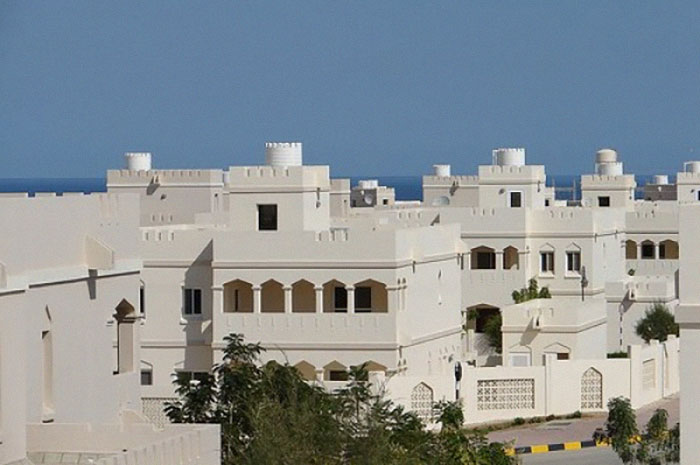
Image credits: 1ncognito___

Image credits: 1ncognito___
Swahili architecture is a term used today to designate a whole range of diverse building traditions practiced or once practiced along the eastern and southeastern coasts of Africa.
What is today seen as typically Swahili architecture is still very visible in the thriving urban centers of Mombasa, Lamu and Zanzibar.
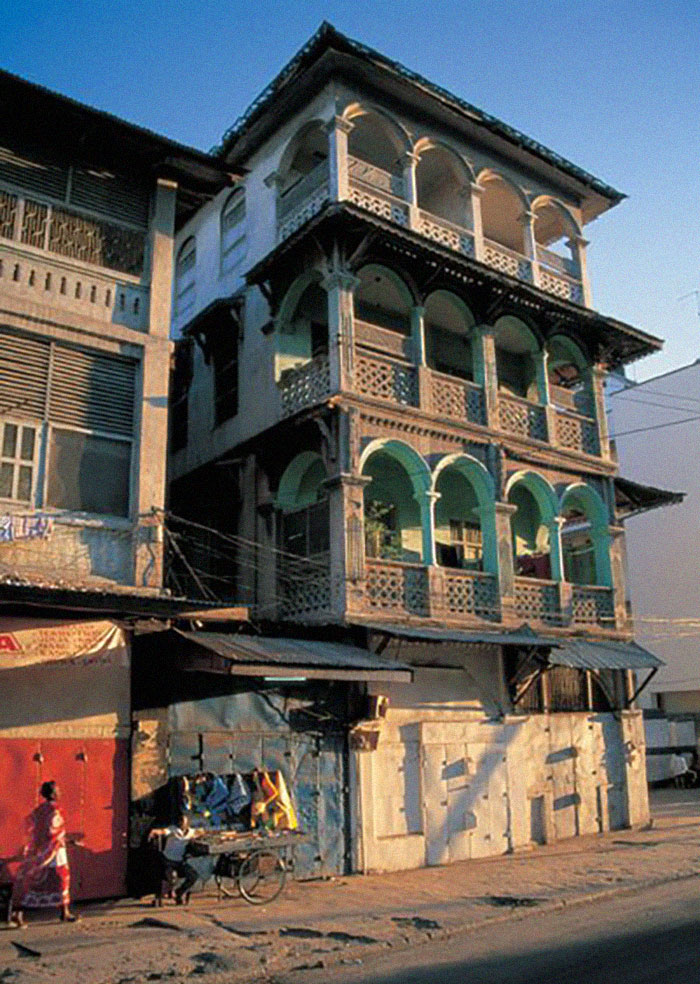
Image credits: 1ncognito___
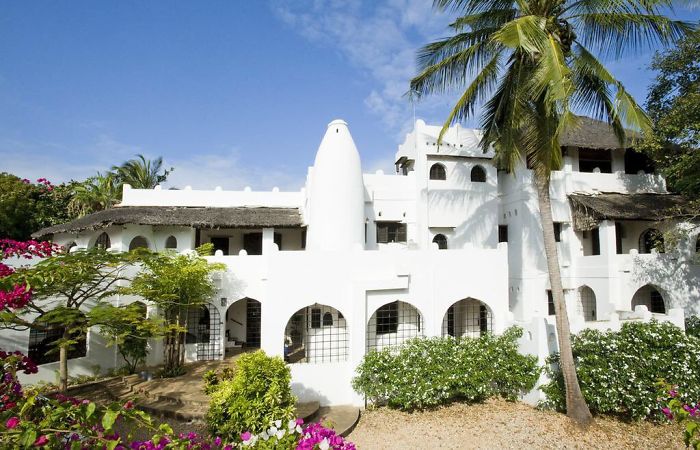
Image credits: 1ncognito___
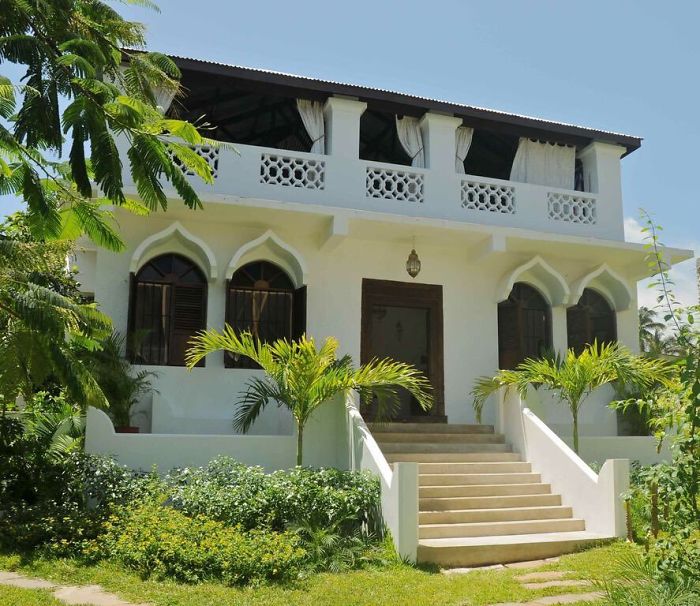
Image credits: 1ncognito___
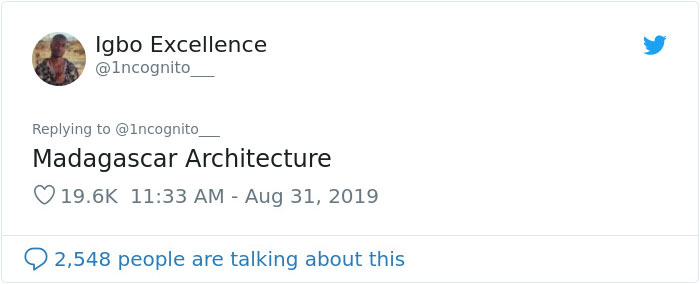
Image credits: 1ncognito___
The architecture of Madagascar, a large island nation off the east coast of mainland Africa, is unique in the continent. It bears a strong resemblance to the construction norms and methods of Southern Borneo from which the earliest inhabitants of Madagascar are believed to have immigrated.
Throughout Madagascar and the Kalimantan region of Borneo, most traditional houses follow a rectangular rather than round form and feature a steeply sloped, peaked roof supported by a central pillar.
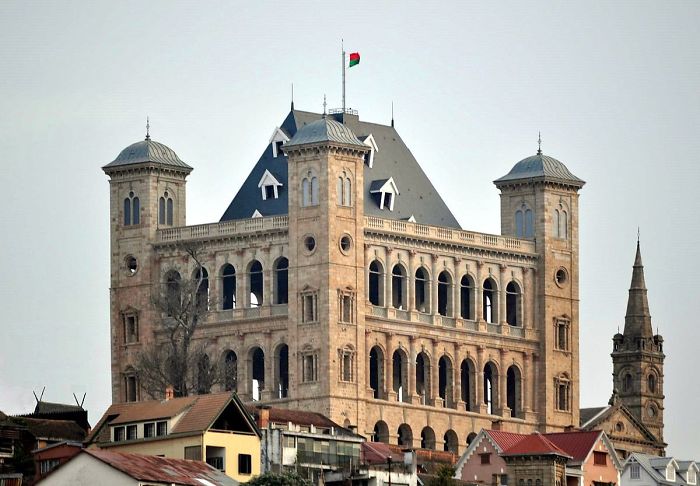
Image credits: 1ncognito___
As you can see, there is plenty to admire in the diverse and unique styles of architecture from all across the continent.
The original post by Igbo Excellence has so far attracted over 600k like and retweets, as people discover and rediscover this rich cultural heritage. People added their own examples as well, giving us a newfound appreciation for the wonder of African architecture!
Scroll down to see the rest of the examples for yourself and let us know your thoughts in the comments below!

Image credits: 1ncognito___
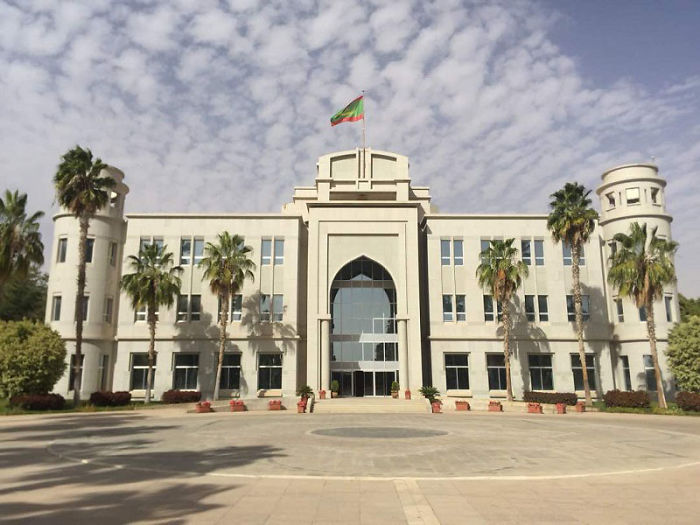
Image credits: 1ncognito___
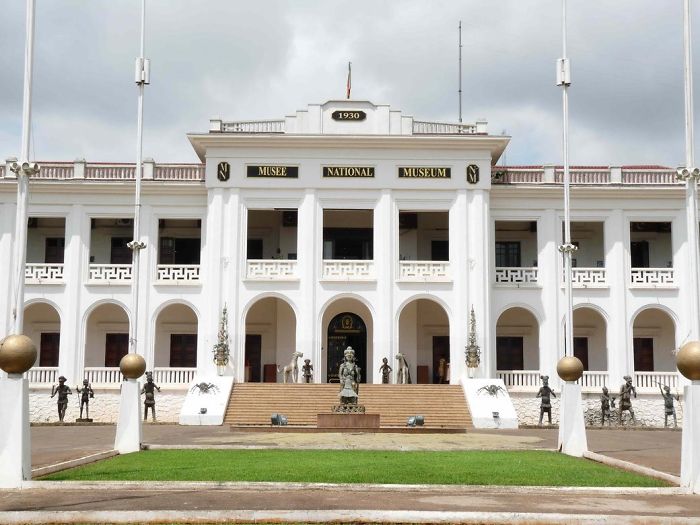
Image credits: 1ncognito___
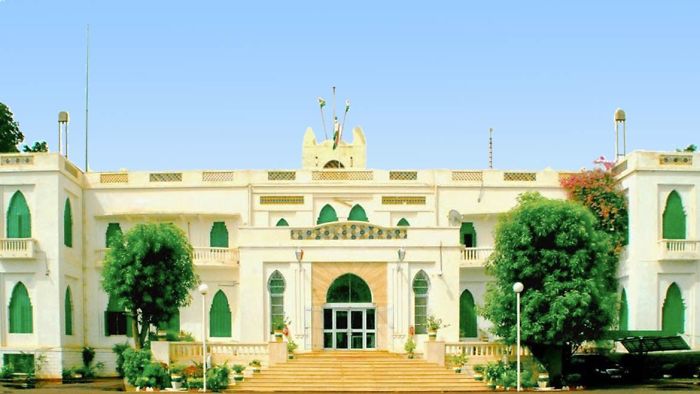
Image credits: 1ncognito___
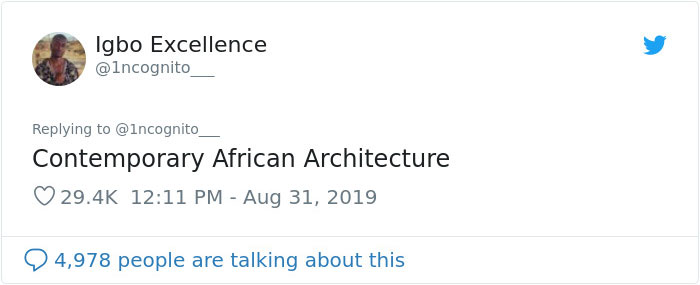
Image credits: 1ncognito___
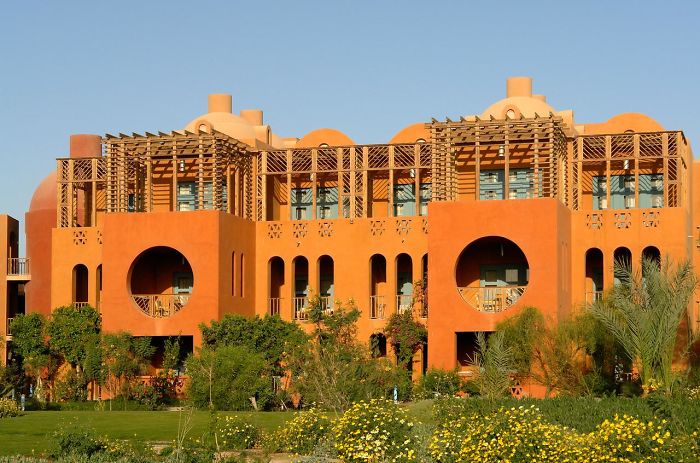
Image credits: 1ncognito___
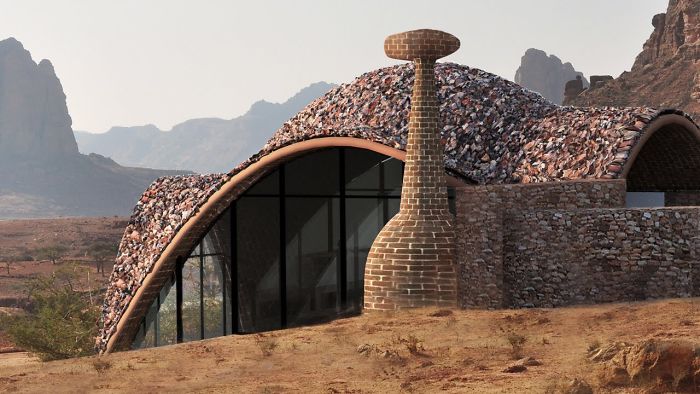
Image credits: 1ncognito___
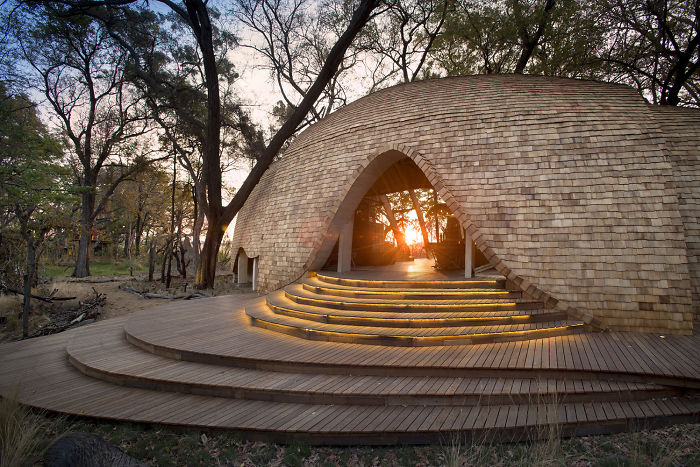
Image credits: 1ncognito___
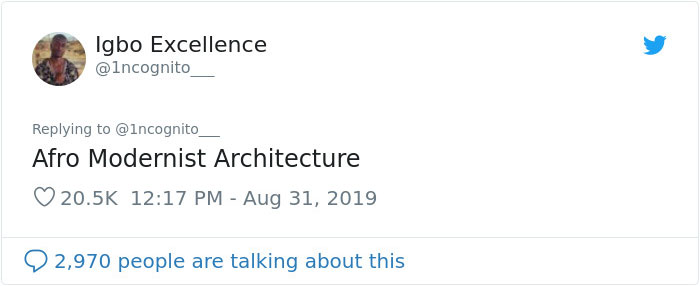
Image credits: 1ncognito___
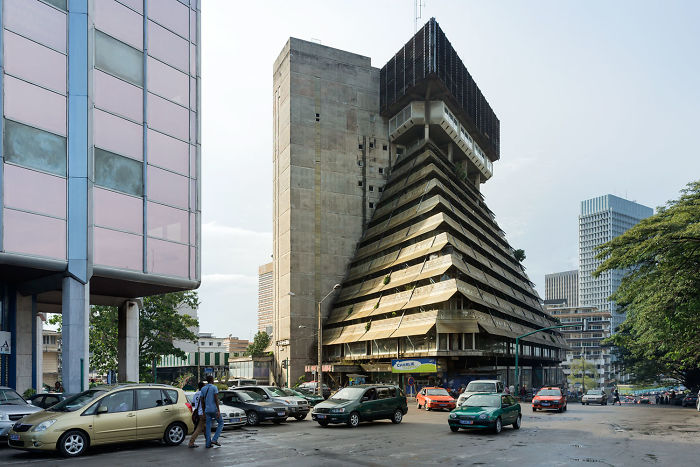
Image credits: 1ncognito___
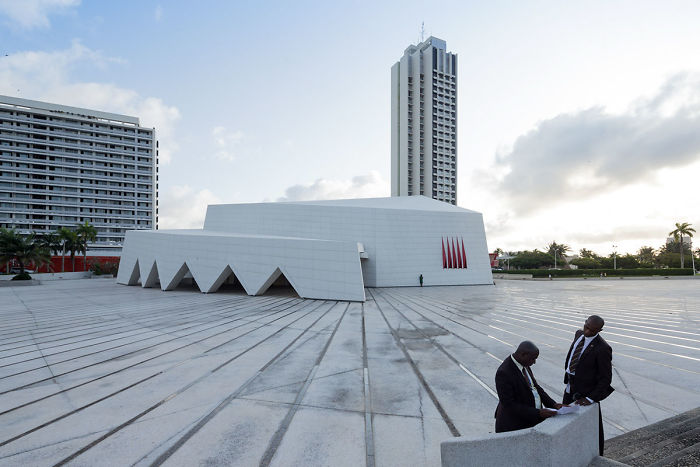
Image credits: 1ncognito___
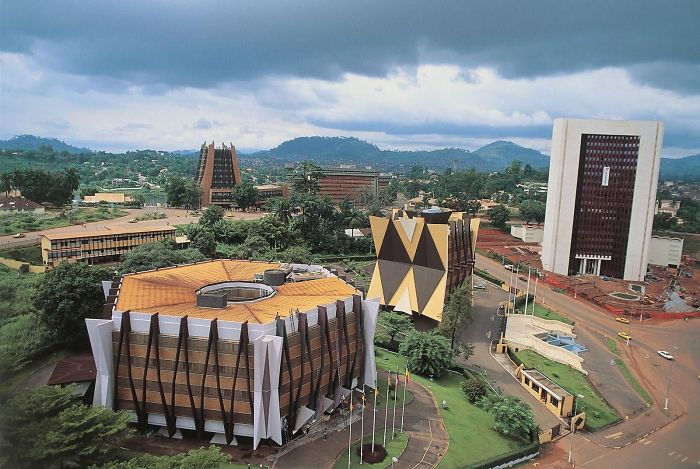
Image credits: 1ncognito___
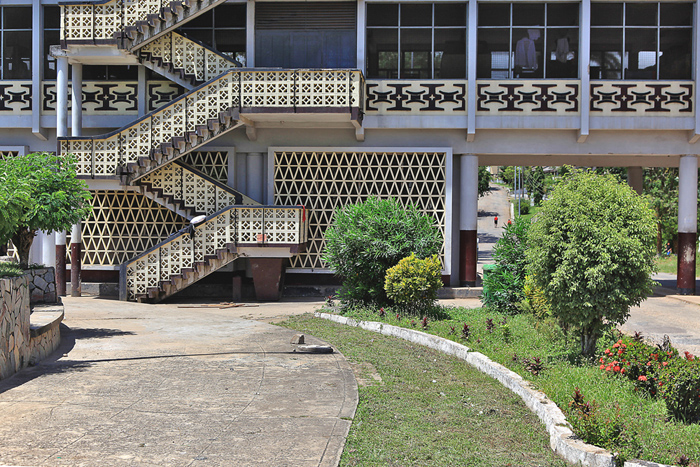
Image credits: 1ncognito___

Image credits: 1ncognito___
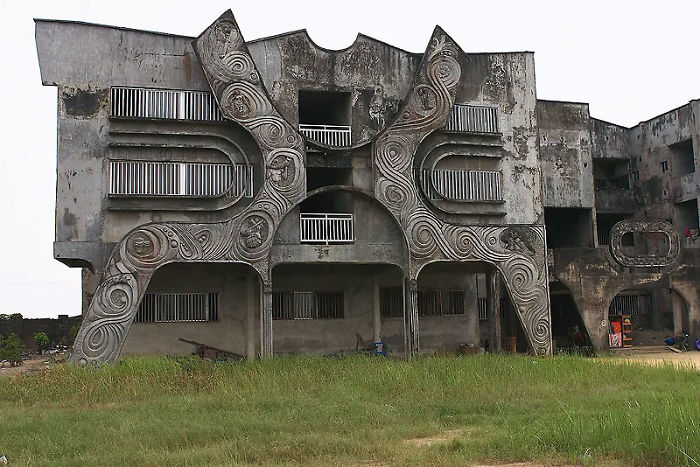
Image credits: 1ncognito___

Image credits: 1ncognito___
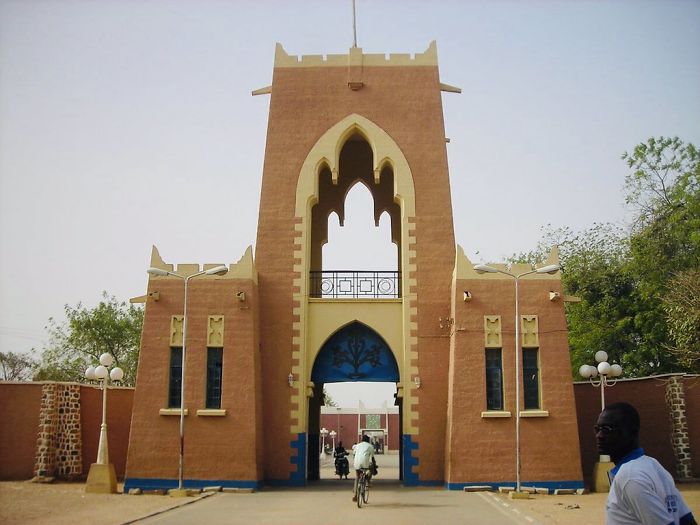
Image credits: 1ncognito___
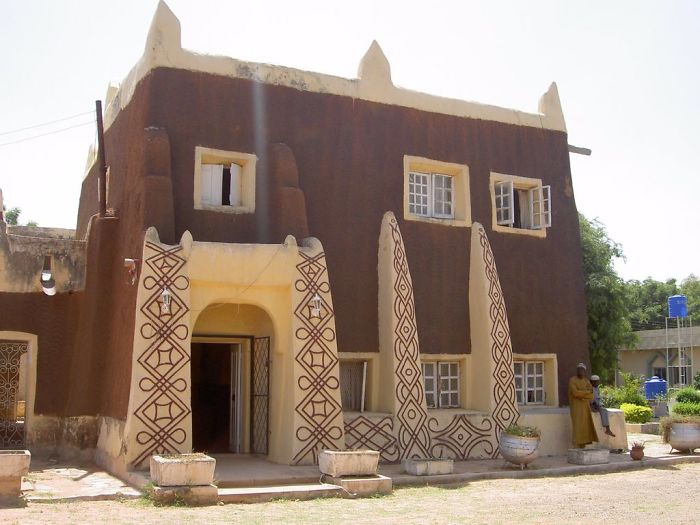
Image credits: 1ncognito___

Image credits: 1ncognito___
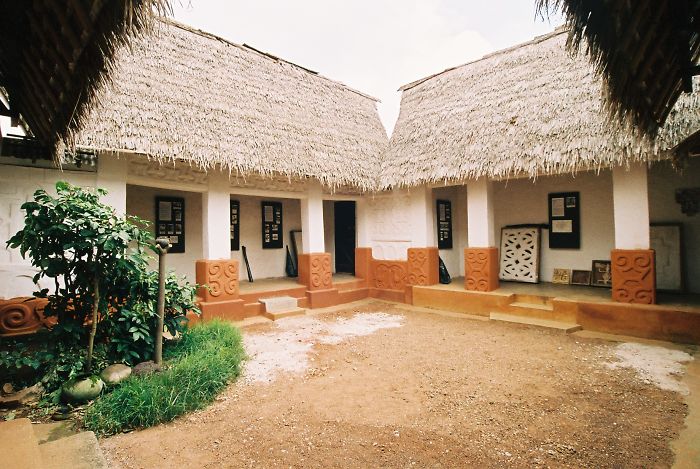
Image credits: 1ncognito___
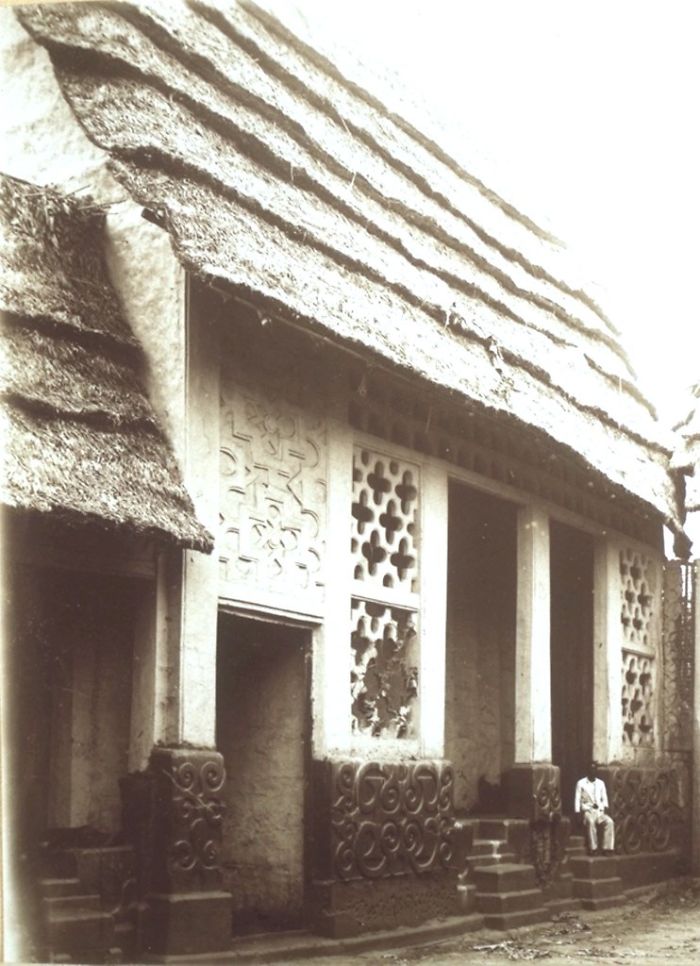
Image credits: 1ncognito___
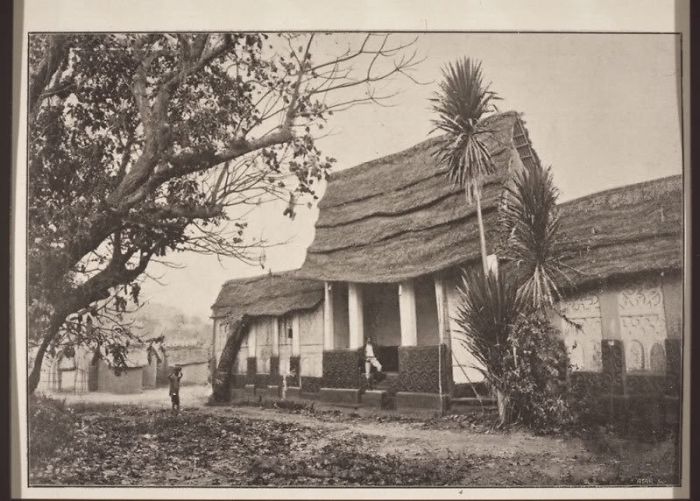
Image credits: 1ncognito___

Image credits: 1ncognito___

Image credits: 1ncognito___
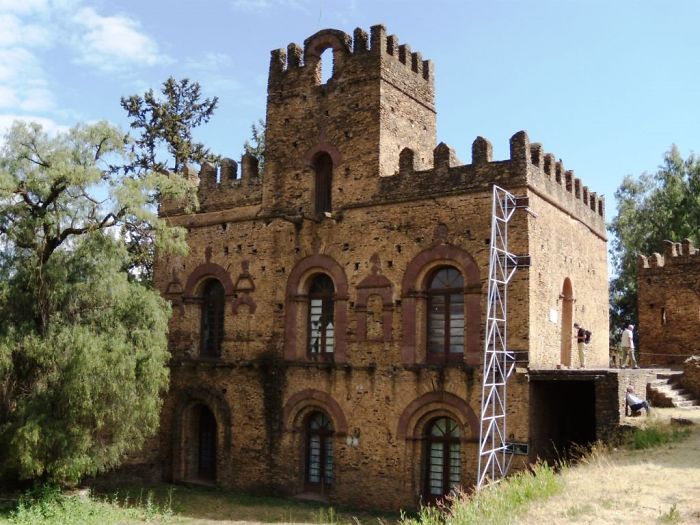
Image credits: 1ncognito___
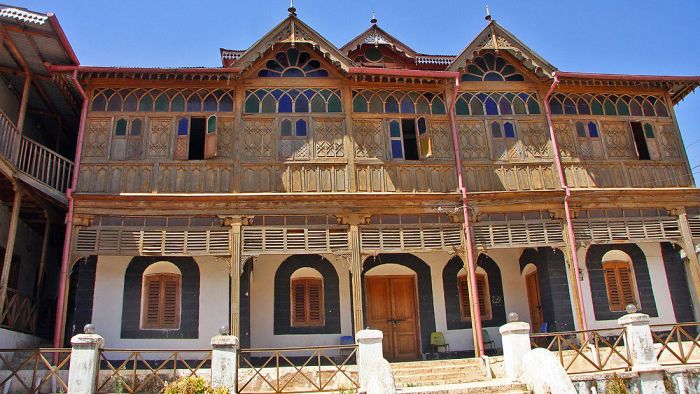
Image credits: 1ncognito___
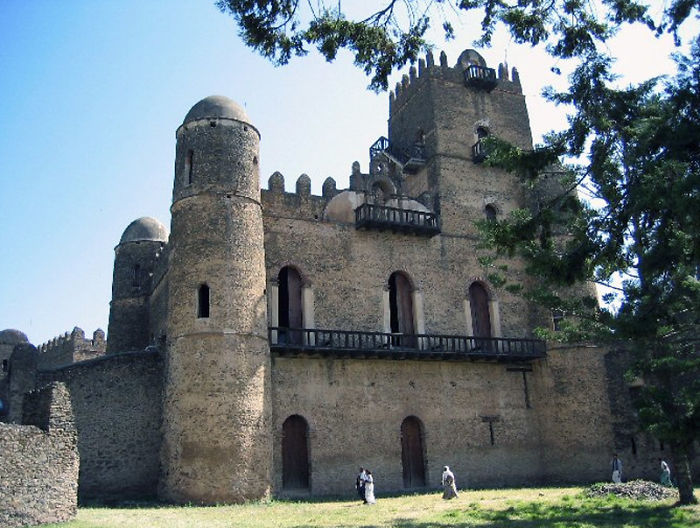
Image credits: 1ncognito___
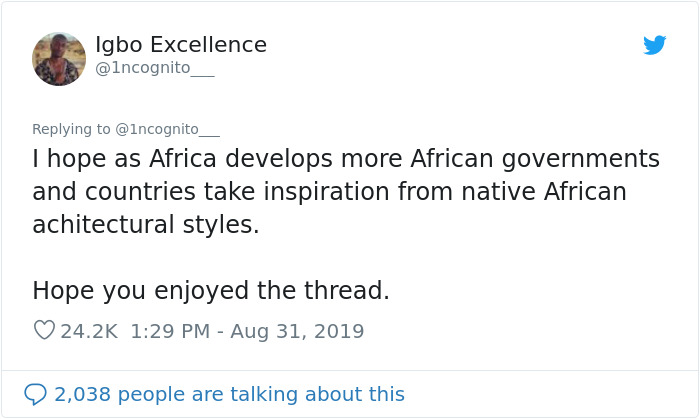
Image credits: 1ncognito___
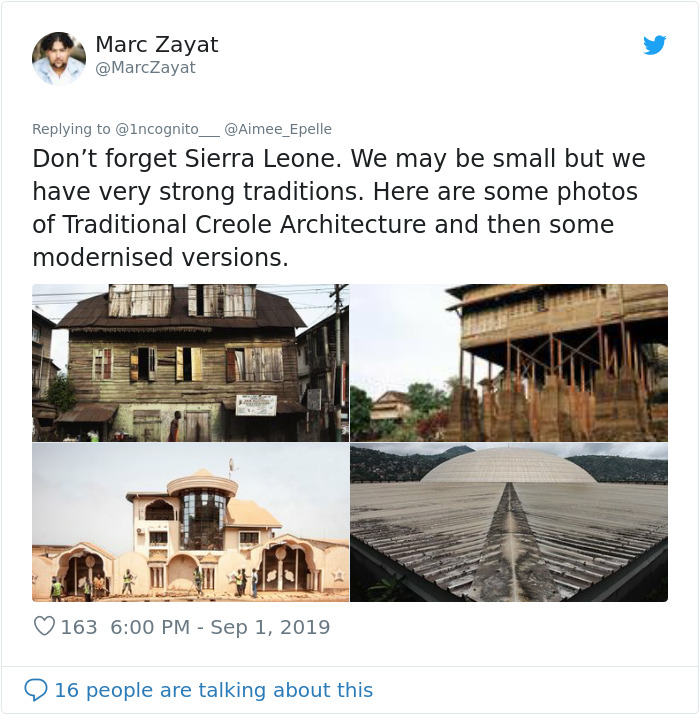
Image credits: MarcZayat
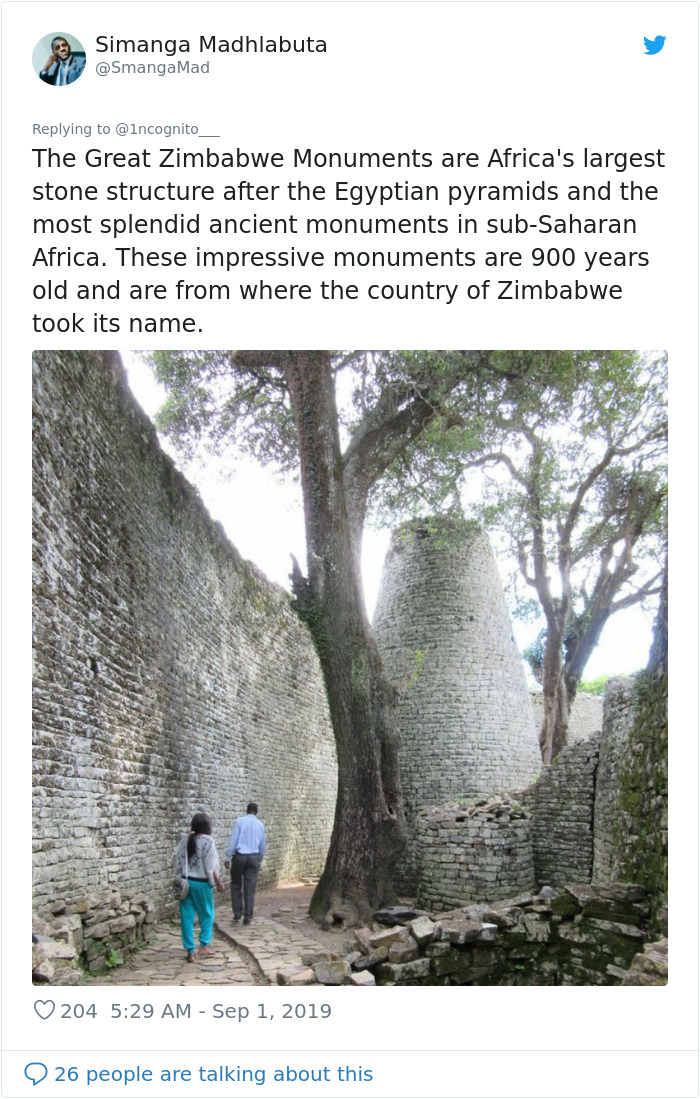
Image credits: SmangaMad
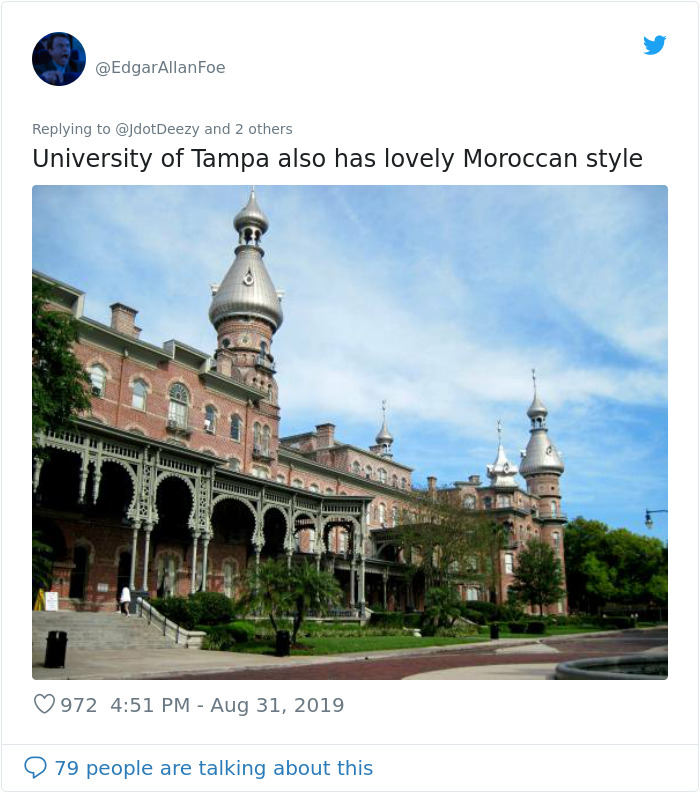
Image credits: EdgarAllanFoe


0 Yorumlar